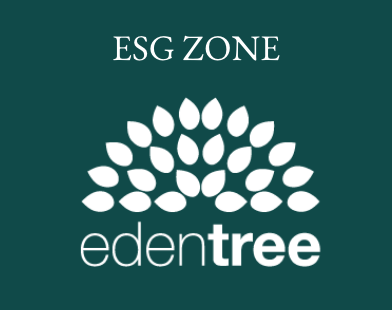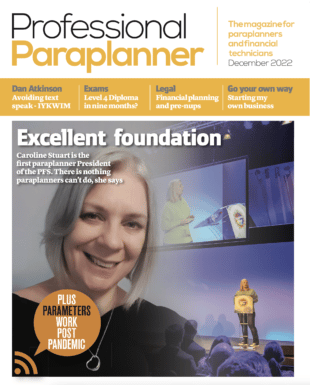How much easier would your work be if all adviser business software, platforms and back-office systems could better and more easily exchange data with one another? asks Anthony Rafferty, Managing Director, Origo
Across all businesses and industries one of the major drags on efficiency is when an automated process is interrupted and requires manual intervention to take data from one stage to the next.
This is a problem that is prevalent in financial services, despite all the technology that has been developed over the past couple of decades. As paraplanners you will experience this probably on a daily basis as you seek to enter or extract data from software, back-office systems and platforms.
It makes absolute sense that where automation exists, every key system a financial advice firm uses should be able to connect with the other, certainly in undertaking tasks like pre-population of data from fact-find to risk profiling tools to quotes/illustration to new business tracking to account opening, to automated and regular valuations and transaction histories for client review packs, thereby creating as streamlined a process as possible.
In this respect, integration between product and service suppliers – platforms, back-offices and software providers – should be a no-brainer.
Many companies have been undertaking this to a greater or lesser extent over the past few years but typically and by necessity, until now integrations have been made between individual company systems on a point-to-point basis.
This means that for every integration there has to be a new business case decision made on whether to commit the necessary resource and expense required to integrate with that particular company – as well as to maintain the integration going forward.
Often this means firms delivering larger volumes of business to the integrator will be prioritised while smaller business partners or new entrants to the market, are way down the pecking order or are seen as not being a viable integration partner.
For adviser firms, an individual integration is great for that element of their business but their back-office is most likely linked to numerous digital tools and platforms – but, without all of them having the option to be integrated, the firm’s business efficiencies are limited.
More sensible would be a centralised integration service, enabling potential integration partners (including providers, platforms, digital tools, back-office systems, risk profilers) to connect once through the central hub, to then connect with all other systems on the hub. How much easier would this make it for systems to set-up one integration link, for example bulk transaction history, to as many partners as they can?
For paraplanners, they could then receive transaction histories for all clients, regardless of platforms or systems involved. This could mean improved automated client review packs, MiFID II reporting and better servicing all round.
From a business perspective this hub-and-spoke approach to integration does away with the need for case-by-case decisions and resource restraints incumbent of the point-to-point integration method. For platforms, back-office and software providers, linking to a hub incurs one set of integration costs instead of many, and significantly reduces resource and IT costs, which can be applied elsewhere in their business.
Importantly, an integration hub provides the opportunity for all software and service companies, including smaller companies and new entrants, to easily connect with new trading partners if they wish.
This provides adviser firms with greater options and means they can use the software or service that best suits their business set-up while receiving automated data feeds that do not require their staff to re-enter or transfer data manually.
As a paraplanner, does that sound good to you?




































